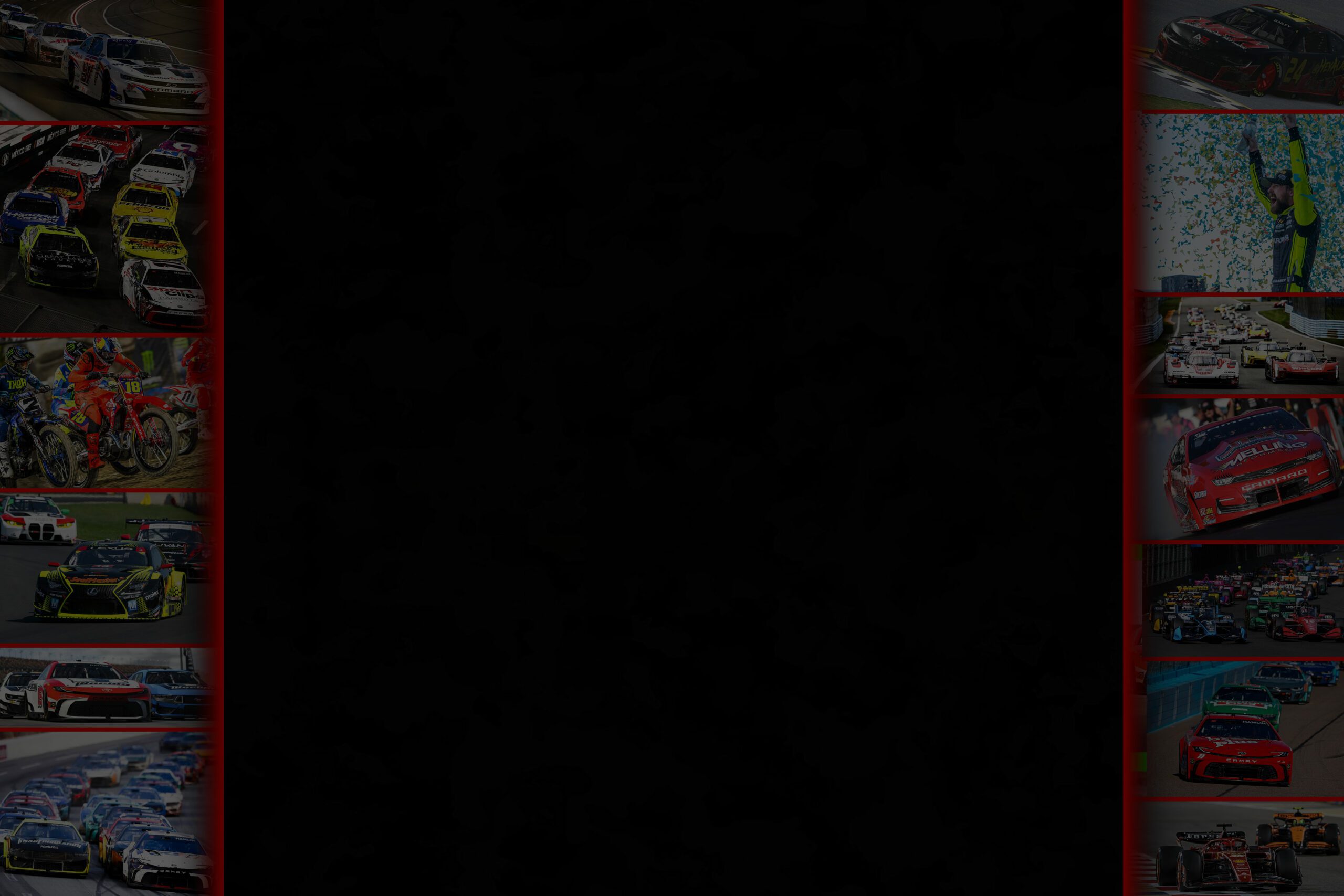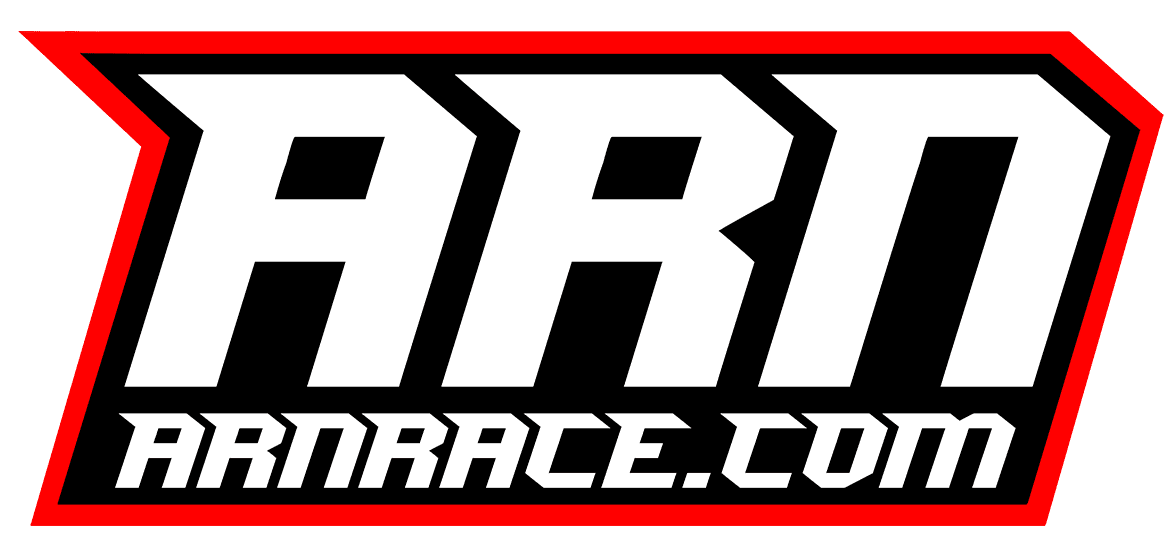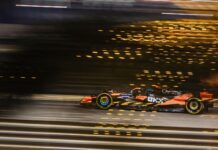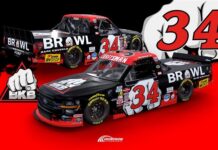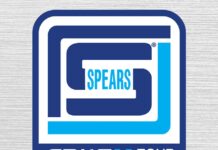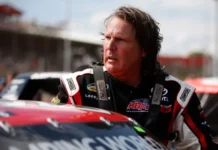Verizon IndyCar Series tire partner Firestone has made numerous updates to its tires since the 2013 season, soRACER spoke with Dale Harrigle, the brand’s Chief Engineer of Race Tire Development, on what’s different for 2014.
“For St. Petersburg we have a new primary and alternate tire,” said Harrigle. “It is the same compounds we raced last year, both primary and alternate, with slightly different construction on both primary and alternate. So I don’t think the teams are going to see a big difference. We’ve done some preseason testing at Sebring. As you know, most of the street course testing is at Sebring. And we’ve not seen a big difference between the 2013 tire and the 2014 tire. And the 2014 tire will carry through all the street courses. The St. Petersburg tire’s the tire for all the street courses in ’14.
The construction difference is apparently due to evolving materials.
“We work with probably 100 different suppliers that give us various materials that ultimately make their way into the tire,” Harrigle continued. “And those suppliers are constantly trying to improve their products. So we run into cases where something that we’ve used for a long time is no longer commercially available and we have to adapt and we have to make changes. So it really wasn’t an intentional change to the tire as much as it was we just have to adapt to some new materials and it’s a constant improvement process with our tires.”
 Road course tires have also evolved for 2014.
Road course tires have also evolved for 2014.
“Barber [Spring Training] was a new primary and alternate,” he added. “Obviously, we didn’t run the alternate at the open, but the drivers are very pleased with the primary; they felt that it had very good grip. Some of that could have been due to the weather. So we’ll have to see what it’s like at the end of April and we go back and it’s much warmer. And then we will take that Barber tire and use it at Sonoma. Indianapolis GP will be a tire that’s kind of midway between Barber and Mid-Ohio. Mid-Ohio is the most durable road course tire we use in the season. And the Indy GP will fall somewhere between Mid-Ohio and Barber. And we also have the ability at the Indianapolis Grand Prix, if the testing doesn’t go so well, we actually have a back-up plan that we could implement if we had to for Indianapolis.”
Firestone’s oval tires have also undergone changes.
“Obviously, the key oval is Indianapolis,” Harrigle continued. “For Indianapolis we’ll have new specifications, both right and left side. The compounds are all new. We’re trying to get a little more wear out of the tire. As the racetrack at Indianapolis has aged, it’s become much less abrasive than it used to be. So, correspondingly, we need to make sure that we’re getting some wear in the tires to make sure we don’t get too much heat generation. Also when we tested at Indianapolis in September we found an improved left-rear construction that really helped settle the rear of the car. So I think that will be a positive change for all the drivers. I know the drivers that tested it – and I don’t remember everyone but I know Marco Andretti, Helio, Pagenaud – all had a chance to run that tire in September and everybody liked it. So we’re excited to go back to Indianapolis for the month of May.
“Then Texas will be the same tire as last year. However, we’re testing with IndyCar series in April. The IndyCar series is coming to our tests, [IndyCar’s] Will Phillips is coming to our test. We’re going to work with IndyCar on an aero package and a tire combination for the Texas event. And then Pocono should be about the same tire. Might be slight changes to the right front for Pocono just because of the nature of that track. Iowa is the same tire as last year. Milwaukee is the same tire as last year. And we haven’t yet decided on Fontana. We have the ability once we run Texas to decide what we’re going to do for Fontana.
Harrigle also says the allotment and administration processes behind their 2014 tires were done in a close collaboration with the Verizon IndyCar Series itself.
“The other interesting thing for 2014 is Firestone’s worked closely with IndyCar,” he explained “We had IndyCar over to our corporate tech center in Akron back in November. And we’ve come up with some of the differences in the way the tires are allocated. For the first time in 2014, the teams can take race tires that they haven’t used at a race for whatever reason and pull those tires forward to their testing allocation.
“Also the testing allocation, the teams get 54 sets of tires and they are free to use those tires how they wish. So if there’s a small team that doesn’t do much team testing, they can take additional steps to the open test at Barber, to the open test at Indianapolis Grand Prix. And they can perhaps do more running than one of the big teams that test all the time. So we’ve really tried to create more value for the teams with this program, and increase the flexibility and allow them to kind of make their own decisions.”
